
Qantas Project Sunrise: Boeing retires from the race for ultra-long-range widebodies leaving Airbus the win
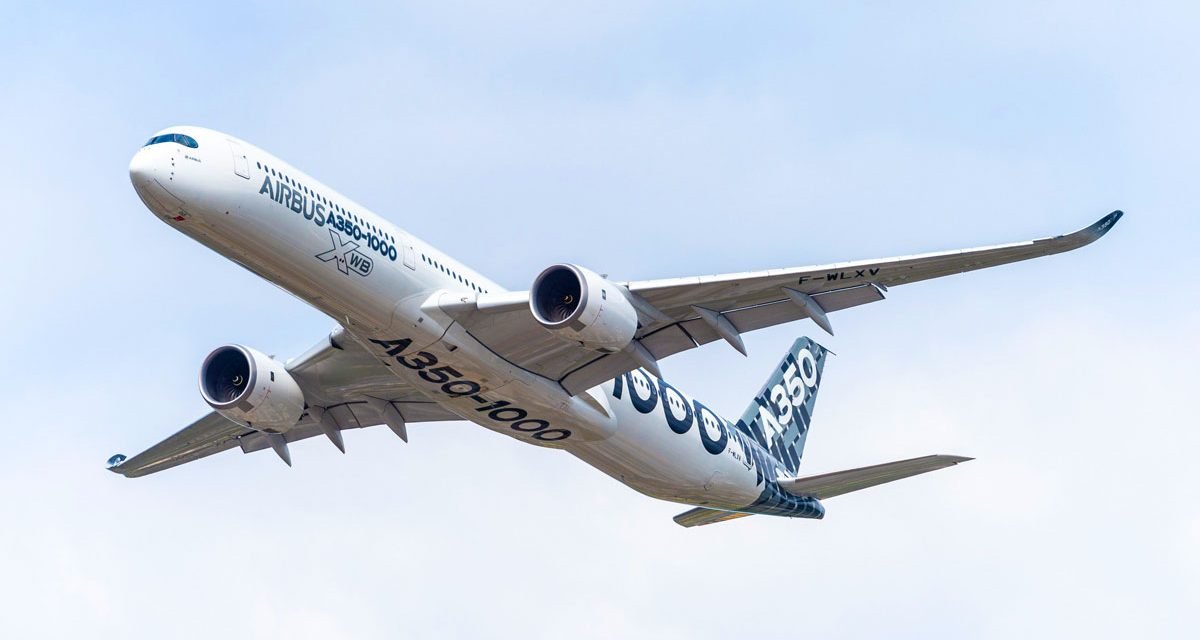
That headline is still a prediction, but it looks like it will very quickly become fact.
Both Boeing and Airbus have made noises this week that indicate where they stand on providing the ultra-long-range widebodied aircraft that Qantas needs for its Project Sunrise – to provide direct flights from the east coast of Australia (Brisbane, Sydney and Perth) to Europe (London and Paris probably), and the East coast of America (New York).

Content of this Post:
From Boeing
Reuters is reporting that Boeing announced on Wednesday (14 August 2019) that it had delayed the ‘entry into service’ of its ultra-long-range version of the 777X.
Boeing is not having a good time. It is now entering the sixth month of delays associated with the latest incarnation of one of the world’s most popular single-aisle planes – the 737 MAX. It is also facing delays due to engine issues on the 777X which have delayed the initial flight of the 777-9 until 2020.

Some argue that these issues go back to the merger between McDonald Douglas (- arguably a company lead by accountants) in the ’90s, and Boeing, a company that used to be lead by engineering (evidence: the fast-track and innovative development of the 747). The accountants seem to have won – or at least that is easy to argue given the accent on saving money in the development of the 737 MAX, by not redeveloping the airframe, so that pilots would not need to be retrained.
It’s a big company, but sometimes large entities find it incredibly difficult to walk and chew gum at the same time. So management resources are presumably being sucked up by sorting out the failings of the 737 MAX, and the propulsion issues with the 777X. Too much for the ULR project to be in time for Qantas.
By delaying the development of the ultra-long-range version of the 777X, effectively Boeing is bowing out of the race with Airbus to provide Qantas with a solution for its Sunrise Project.
Others would argue that solving the 777X issues, will be important for the long run – giving Boeing a definitive replacement to the Jumbo in the long term.
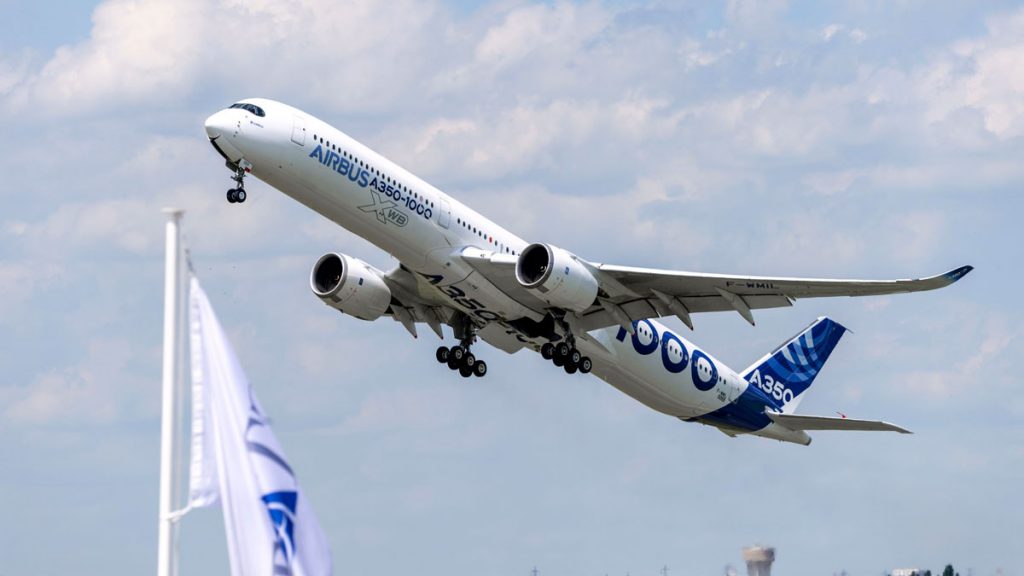
From Airbus
Earlier this month (19 August) the Aviation Analyst website reported that:
‘Airbus’ commitment to building an ultra-long-range ‘family’ follows extensive talks with a variety of airline customers, many of whom have shown interest in potentially ordering, or converting existing A350 orders to an A350-1000ULR that will be able to fly further, and heavier than the existing A350-900ULR — with, crucially: more passengers. The A350-1000ULR will also take on Boeing’s 777X, and Airbus intend to have the aircraft available to airline customers before the 777X is able to gain a significant hold of the extreme end of the long-haul market.’
We know that Qantas has rejected the current A350-900ULR (currently used by Singapore Airlines to fly direct to New York with a 2 class layout of 67 Business, and 94 Premium Economy seats) on the grounds of its limited capacity.
We also know that other airlines are interested in the A350-1000 family, as they will need a replacement for the A380 in the longer term, so they need something with similar capacity and range and preferably with better economics.
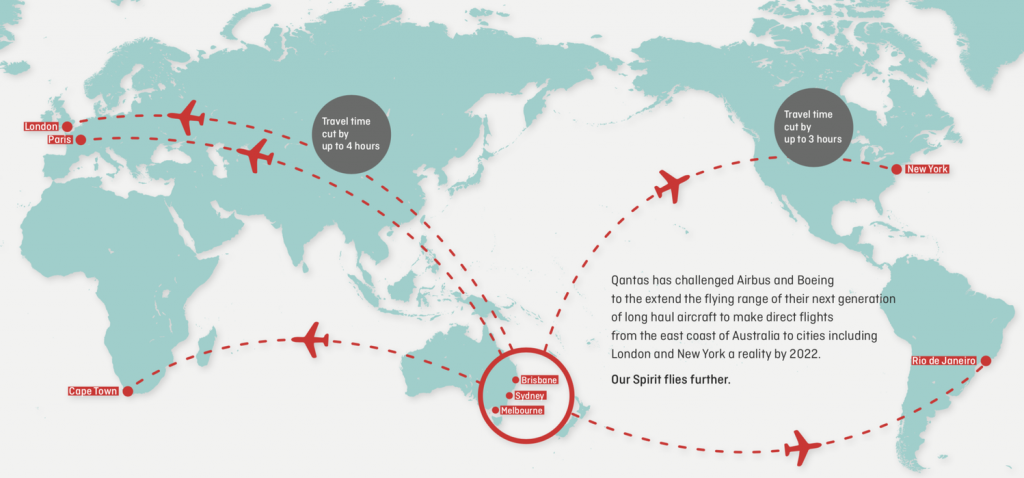
From Qantas
Alan Joyce, the Qantas CEO has invited both Airbus and Boeing to meet the need for an aircraft that is capable of flying for 21 hours, to cover such routes as Sydney to London and Melbourne to New York. It is known to be looking at the A350-1000ULR and the Boeing 777-8, with a decision scheduled for announcement in the fourth quarter of 2019.
Qantas has also been distracting us with speculation and customer suggestions for facilities to be included on the plane, to help passengers deal with these ultra-long flights. Most of them are a bit silly and seem more to do with attracting publicity than actual practicality.
2PAXfly Takeout
I think Airbus has won this one, with Boeing basically bowing out.
Airbus has improved its reputation lately with the delivery of the A350-1000XWB, which is reported to have ‘strong dispatch reliability’, meaning that it had fewer teething problems than was expected for a new model.
A pointed distinction from Boeings recent history with the 787 battery problems, and the 737 MAX’s propensity to fall out of the sky.
I am still sceptical about Project Sunrise and am not entirely confident it will get off the ground – well at least in the current time scale, if at all. Alan Joyce has just left too much wriggle room with his statements for me to feel confident at an on-time, and on-spec launch of Project Sunrise.


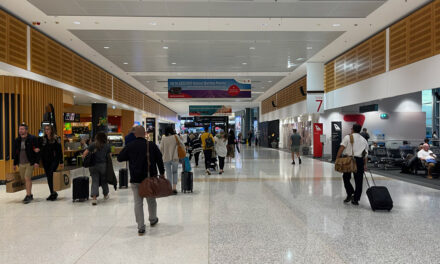


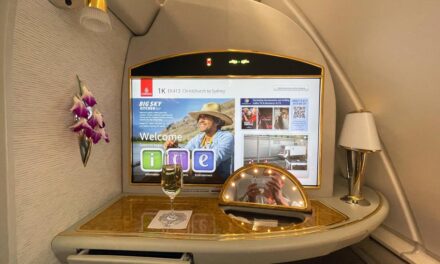
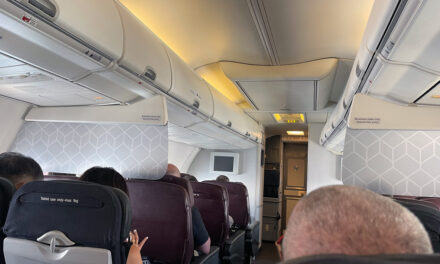





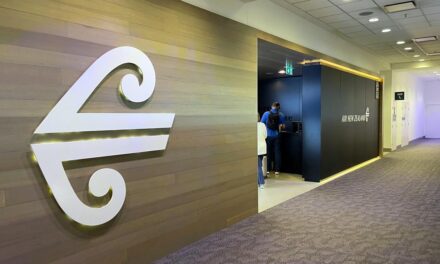
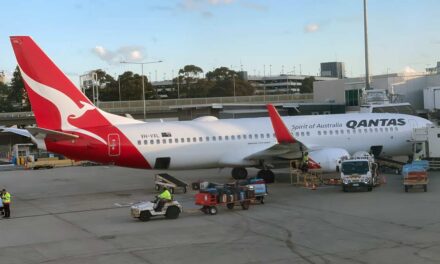

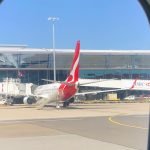
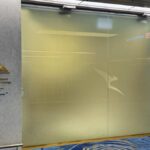
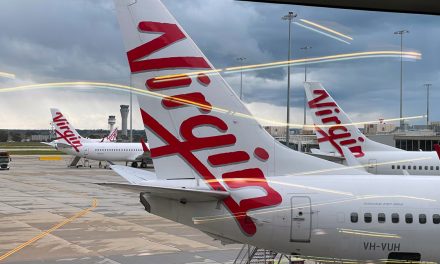








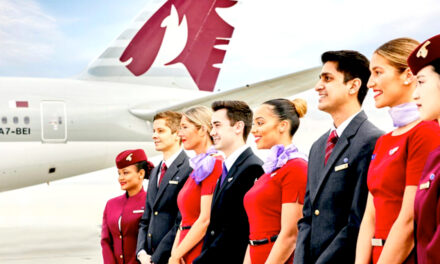




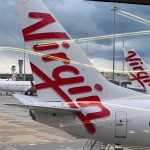

What did you say?